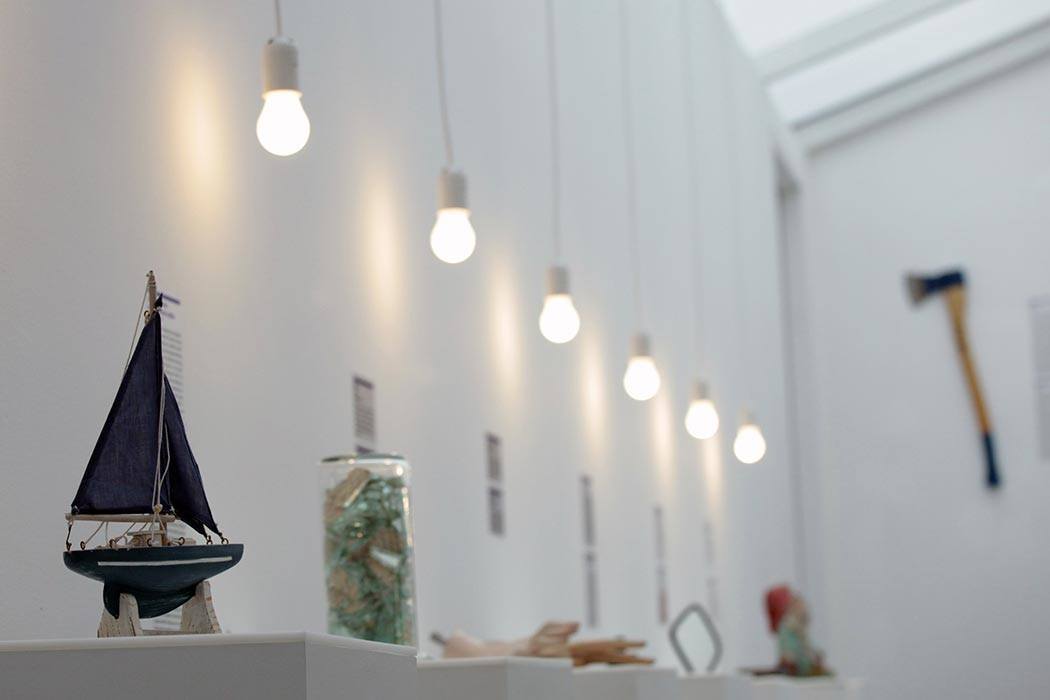Every capital city has its must-see museum: in Paris, it’s the Louvre; in London, the British Museum; in Athens, the Acropolis. But after you’ve seen the most impressive examples of art and architecture in the world, you might find yourself looking for something different. Something quirky or quaint, maybe, or something that speaks to other aspects of human experience. And if you happen to be visiting Croatia’s capital, Zagreb, when this desire strikes, you’re in luck: Zagreb is home to the very peculiar Museum of Broken Relationships.
Located in the historic Upper Town district, the Museum of Broken Relationships began as an experiment. In 2006, Olinka Vistica and Drazen Grubisic (a former couple) created a temporary exhibit filled with trinkets collected from friends who had gone through break-ups: airsickness bags, a head-massager, and 100 discarded roses. Based on its popularity, Vistica and Grubisic decided to take the exhibition on tour, and ended up visiting 33 cities and 21 countries. The popularity of the concept convinced them that the exhibit deserved a permanent home. In 2010, the Museum of Broken Relationships moved into Kulmer Palace.
The museum is filled with donations from the heartbroken: a pair of fuzzy handcuffs; an axe used to chop apart a former lover’s furniture; a box made of matches that one husband gave his wife decades before they divorced; a cell phone accompanied by the description, “It was 300 days too long. He gave me his cell phone so I couldn’t call him anymore.” The founders describe the museum in terms of the catharsis it provides. The objects offer a chance to empathize and reflect, to show that the end of relationships can be more meaningful than simple suffering. “Our societies oblige us with our marriages, funerals, and even graduation farewells, but deny us any formal recognition of the demise of a relationship, despite its strong emotional effect,” the museum’s website states. The effect is both tragic and uplifting.
But in the end, isn’t it all just a bunch of junk? Can we really gain anything from the display of possessions that mark the end of a stranger’s romantic entanglement?
Many scholars would argue yes. Material objects give meaning to our lives, help us define what we are and are not, and create a narrative around the chaotic events that fill our days. As nurse Holly Skodol Kelly wrote in The American Journal of Nursing: “Most of us believe, at least on an intuitive level, that the anguish of termination has some constructive or therapeutic value. We believe that somehow the experience of human closeness during the relationship makes the anguish worth bearing.” Objects that remind us of our pain help us survive and make sense of the world. The things we keep or discard or destroy or, say, donate to a museum represent parts of our identities, even parts that no longer exist.
As scholar Aaron C. Ahuvia points out in the Journal of Consumer Research, “Love objects serve as indexical mementos of key events or relationships in the life narrative, help resolve identity conflicts, and tend to be tightly embedded in a rich symbolic network of associations.” Another researcher, Yi-Fu Tuan, puts the idea more succinctly: “Artifacts are thrust into the world. They have the power to stabilize life.” The trinkets that fill the Museum of Broken Relationships are more than trash; they’re artifacts of human relationships that were, but are no more. They symbolize an event we can all relate to: the break-up.
It’s tempting to wish a bad break-up could be dealt with using the Eternal Sunshine of the Spotless Mind method–wipe out all memories of the time spent with that person. This option isn’t possible (yet). But even if it were, it would be an act of avoidance instead of resolution. Maybe the best way to get over a break-up is to accept the grief, acknowledge the marks left on us by our exes, and contextualize the experience through physical mementos. Maybe this is why the Museum of Broken Relationships has been so successful–the best palliative for pain is empathy.







